Search
Search Results

Article
Legions of Pannonia
Located west of the Danube, Pannonia was essential for the protection of the Roman Empire's eastern frontier. It had been occupied since 9 BCE but did not willingly accept Roman authority. Pannonia and Dalmatia revolted in 6 CE, and it would...
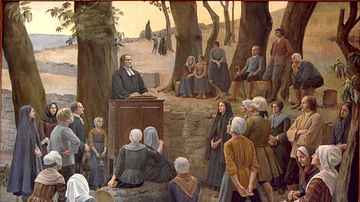
Article
Antoine Court & the Church of the Desert
In March 1715, Louis XIV of France (r. 1643-1715) issued a declaration stating that all subjects of the king were also subjects of the Catholic Church. In defiance of the king's decree, Antoine Court (l. 1696-1760) gathered a small group...
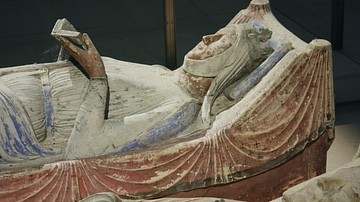
Definition
Eleanor of Aquitaine
Eleanor of Aquitaine (l. c. 1122-1204 CE) was one of the most impressive and powerful figures of the High Middle Ages (1000-1300 CE) – male or female – whose influence shaped the politics, art, medieval literature, and perception of women...
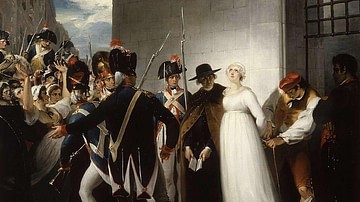
Article
Trial and Execution of Marie Antoinette
The trial and execution of Marie Antoinette (1755-1793), formerly the queen of France, was among the opening events of the Reign of Terror during the French Revolution (1789-1799). Accused of a series of crimes that included conspiring with...
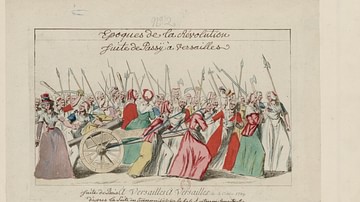
Definition
Women's March on Versailles
The Women's March on Versailles, also known as the October March or the October Days, was a defining moment in the early months of the French Revolution (1789-1799). On 5 October 1789, crowds of Parisian market women marched on Versailles...

Definition
Charles the Simple
Charles the Simple (Charles III of France, l. 879-929 CE, r. 893-923 CE) was king of West Francia (roughly modern-day France) toward the end of the period of Viking raids in the region. His epithet `the simple' refers to his habit of being...
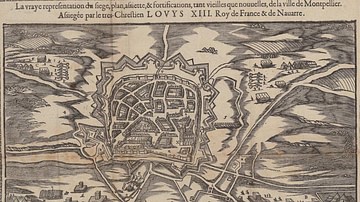
Article
Montpellier during the French Reformation
At the dawn of the French Wars of Religion (1562-1598), Montpellier in southern France had a significant Protestant minority that controlled the city's institutions. The Edict of Nantes in 1598 ended the wars and Protestants retained territorial...

Definition
French Revolution
The French Revolution (1789-1799) was a period of major societal and political upheaval in France. It witnessed the collapse of the monarchy, the establishment of the First French Republic, and culminated in the rise of Napoleon Bonaparte...

Article
Coronation of Napoleon I
The Coronation of Napoleon I as Emperor of the French took place on Sunday 2 December 1804, in the Notre-Dame de Paris cathedral. A sacred ceremony held to legitimize Napoleon's reign, the coronation signaled the birth of the First French...
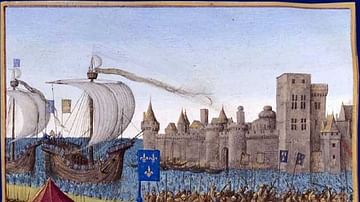
Definition
Eighth Crusade
The Eighth Crusade of 1270 CE was, like the Seventh Crusade (1248-1254 CE), led by the French king Louis IX (r. 1226-1270 CE). As previously, the idea was to attack and defeat the Muslims first in Egypt and then either reconquer or negotiate...